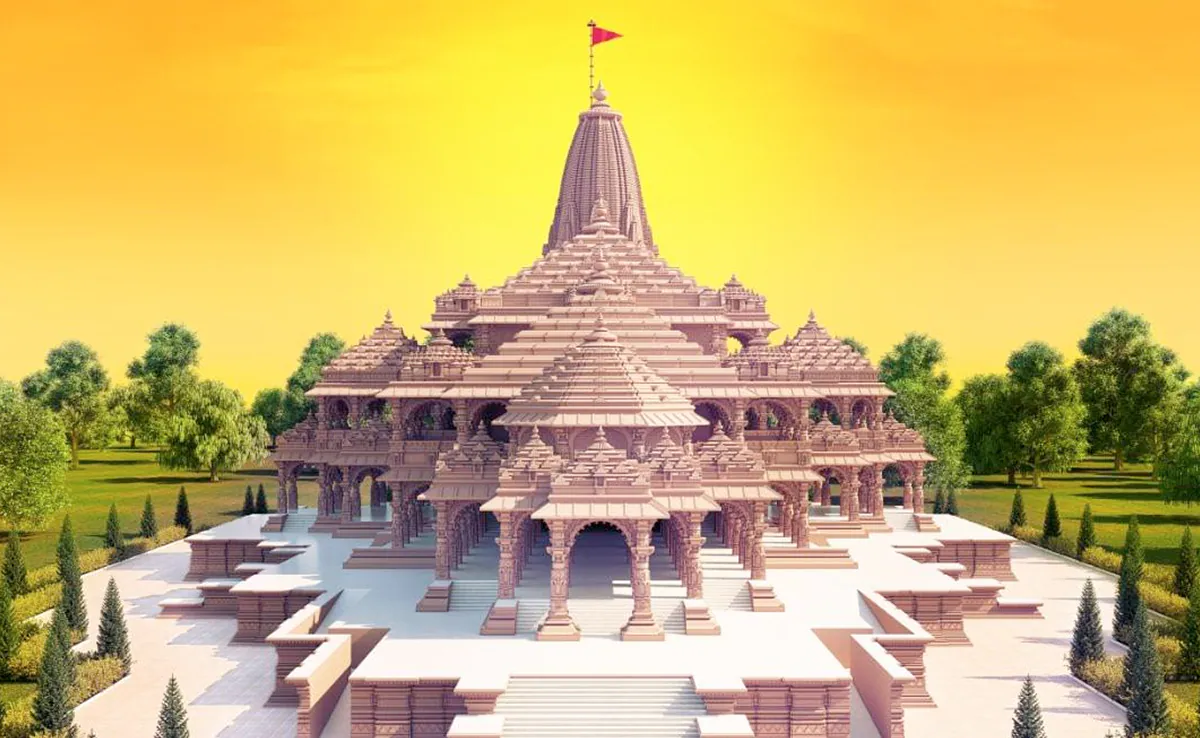The history of the Ayodhya Ram Mandir is deeply intertwined with the religious and cultural fabric of India. According to Hindu mythology, Ayodhya is the birthplace of Lord Ram, the seventh avatar of Lord Vishnu. The Ramayana, one of the two major ancient Indian epics, narrates the life and adventures of Lord Ram, including his birth in Ayodhya. The temple site has been a place of worship for centuries, with devotees from all over the country visiting to pay their respects to Lord Ram.
The temple’s history took a tumultuous turn in the 16th century when the Mughal emperor Babur ordered the construction of a mosque, known as the Babri Masjid, at the site. This led to a long-standing dispute between Hindus and Muslims over the ownership of the land. The dispute escalated over the years, leading to communal tensions and violence
In 1992, the dispute reached a boiling point when a mob of Hindu activists demolished the Babri Masjid, sparking nationwide riots and leading to the deaths of thousands of people. The incident also strained relations between Hindus and Muslims in India. The demolition of the mosque led to a legal battle over the ownership of the land, with both Hindu and Muslim groups claiming ownership.
The legal battle over the Ayodhya Ram Mandir came to a conclusion in 2019 when the Supreme Court of India ruled in favor of the Hindu claimants, allowing for the construction of a temple at the site. The court also ordered the government to allocate an alternative site for the construction of a mosque.

Leave a Reply Cancel reply